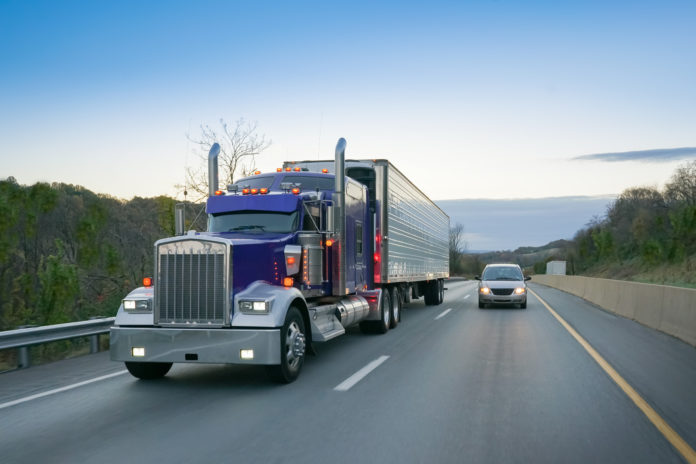A report released this week by the American Transportation Research Institute (ATRI) shows that trucking companies experienced unprecedented operational costs in 2021.
The ATRI released new findings on August 10 based on real-world data obtained directly from motor carriers and owner-operators. The ATRI reported that a “record number” of motor carriers contributed financial information to the study.
The report highlighted the historically high operational costs that trucking companies were forced to grapple with last year.
From the ATRI:
The cost of trucking in 2021 increased to its highest level in the 15-year history of ATRI’s Ops Costs: $1.855 per mile. Though fuel saw the single largest jump in expense, nearly every other line-item cost center grew or remained constant. Even when fuel costs are removed, the marginal costs of trucking increased by 10 cents between 2020 and 2021, from $1.338 to $1.438.
The ATRI broke down the report results in a press release:
The total marginal cost of trucking grew by 12.7 percent in 2021 to $1.855 per mile, the highest on record. Leading contributors to this increase were fuel (35.4% higher than in 2020), repair and maintenance (18.2% higher than in 2020), and driver wages (10.8% higher than in 2020). On a cost-per-hour basis, costs increased to $74.65.
The trucking industry experienced many new, atypical market conditions in 2021 and their effects can clearly be seen in the Ops Costs data. Overall, fleets with 100 or fewer trucks spent 4.9 cents more per mile than fleets with more than 100 trucks – closing the 2020 gap with larger fleets by 70 percent. While larger fleets spent less than smaller fleets on insurance premiums per mile, the advantage was offset by higher out-of-pocket incident costs per mile for large fleets.
In response to the truck driver shortage, total driver compensation at $0.809 per mile was 10 percent higher than in 2020.
Faced with challenges throughout the supply chain, carriers emphasized greater efficiency. Empty or “deadhead” mileage decreased to 14.8 percent, and average truck fuel economy increased to 6.65 miles per gallon. This year’s report includes several new efficiency metrics, such as annualized driver turnover, average dwell time at shipper facilities, and revenue per truck. The financial health of trucking remained strong throughout 2021 despite spiking costs, with an average operating margin in most sectors at 10 percent.
The ATRI suggested that increasing costs are beginning to take a toll on the trucking industry:
Rising costs are beginning to have an adverse effect on the industry. After record numbers of new operating authority registrations in 2021, the opening months of 2022 had record-high numbers of operating authority revocations, and some industry analysts warn of potential fallout as the freight market cools. Looking ahead to the second half of 2022 and to 2023, inflation will be a major concern for all cost centers. Wholesale inflation as measured by the producer price index rose at a rate of 11.4 percent year-over-year in June 2022, even faster than consumer inflation. Roughly half of this increase is attributable to rising fuel prices.
“The last couple years have created great uncertainties in trucking, but ATRI’s newest Operational Costs report provides critical data and insights into the trends and anomalies that emerged in 2021. As the report hints, the coming year holds opportunity for continued growth in our industry,” said Ozark Motor Lines Chief Financial Officer Jason Higginbotham.
